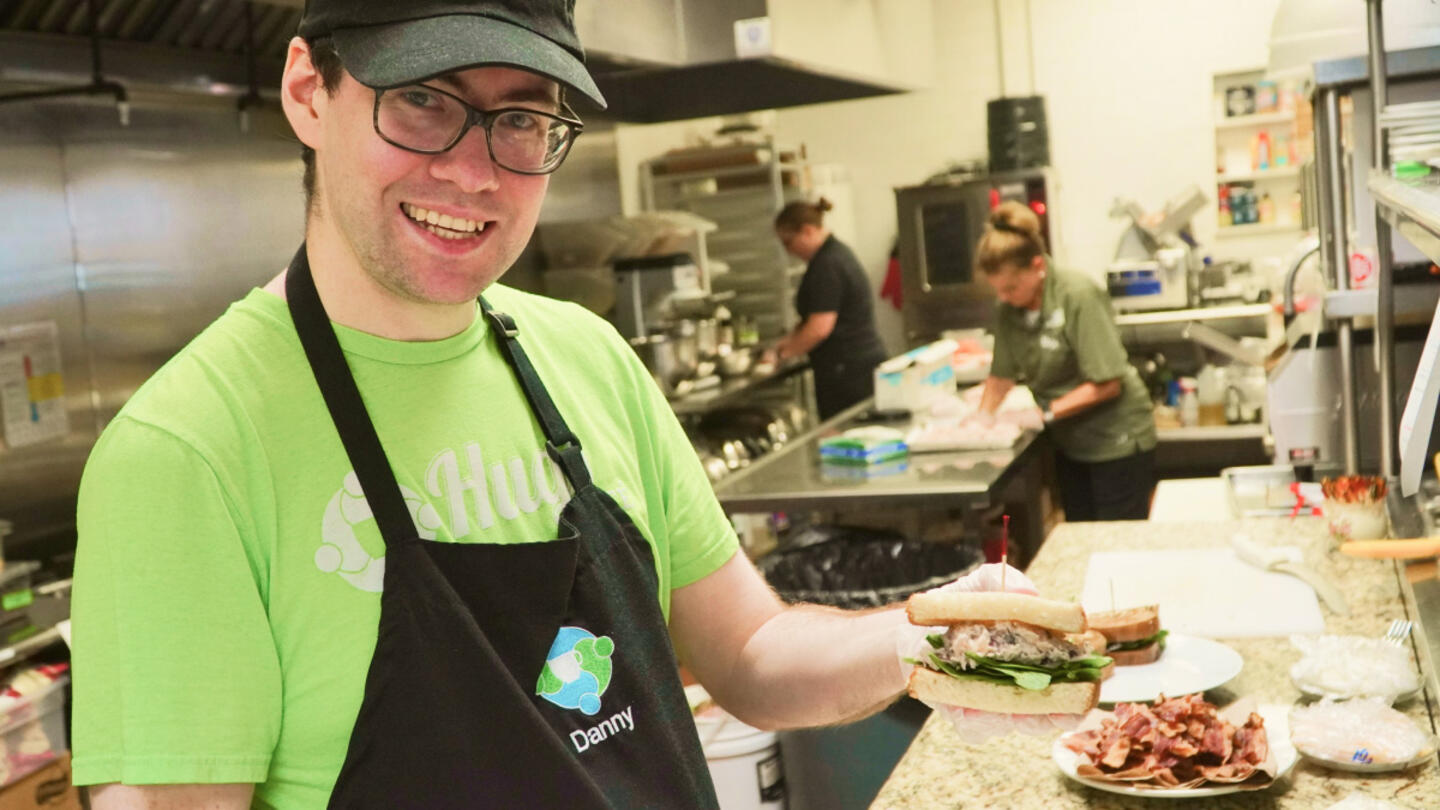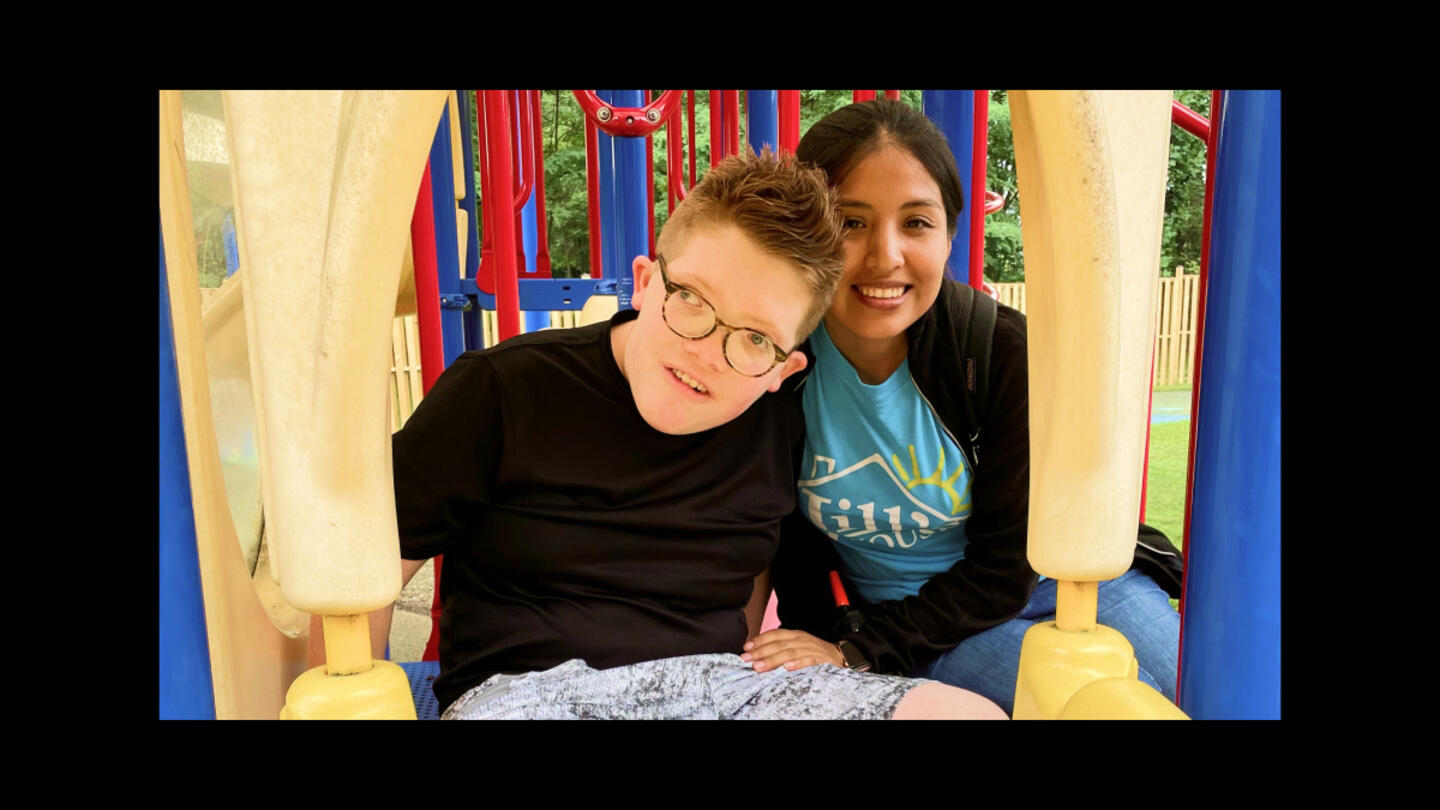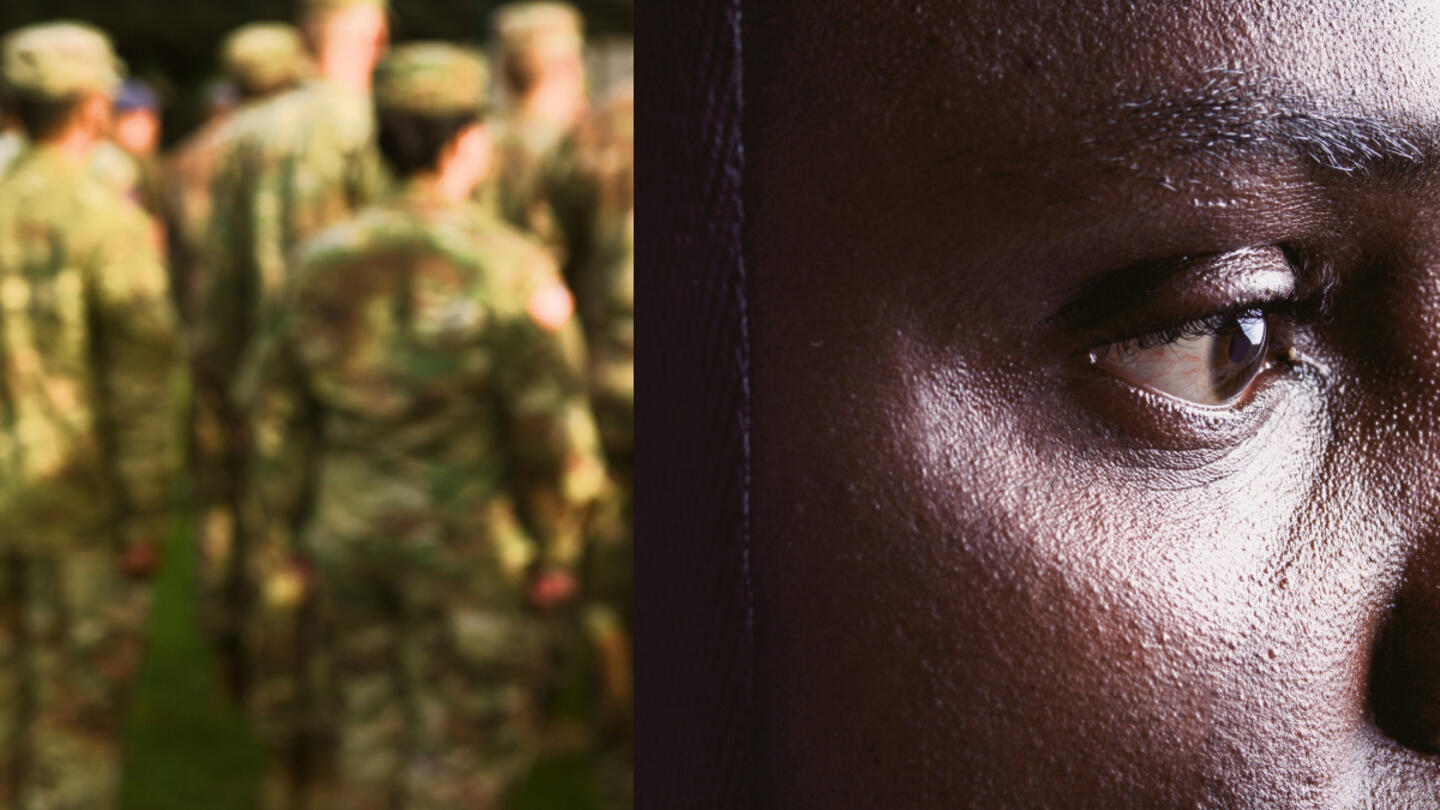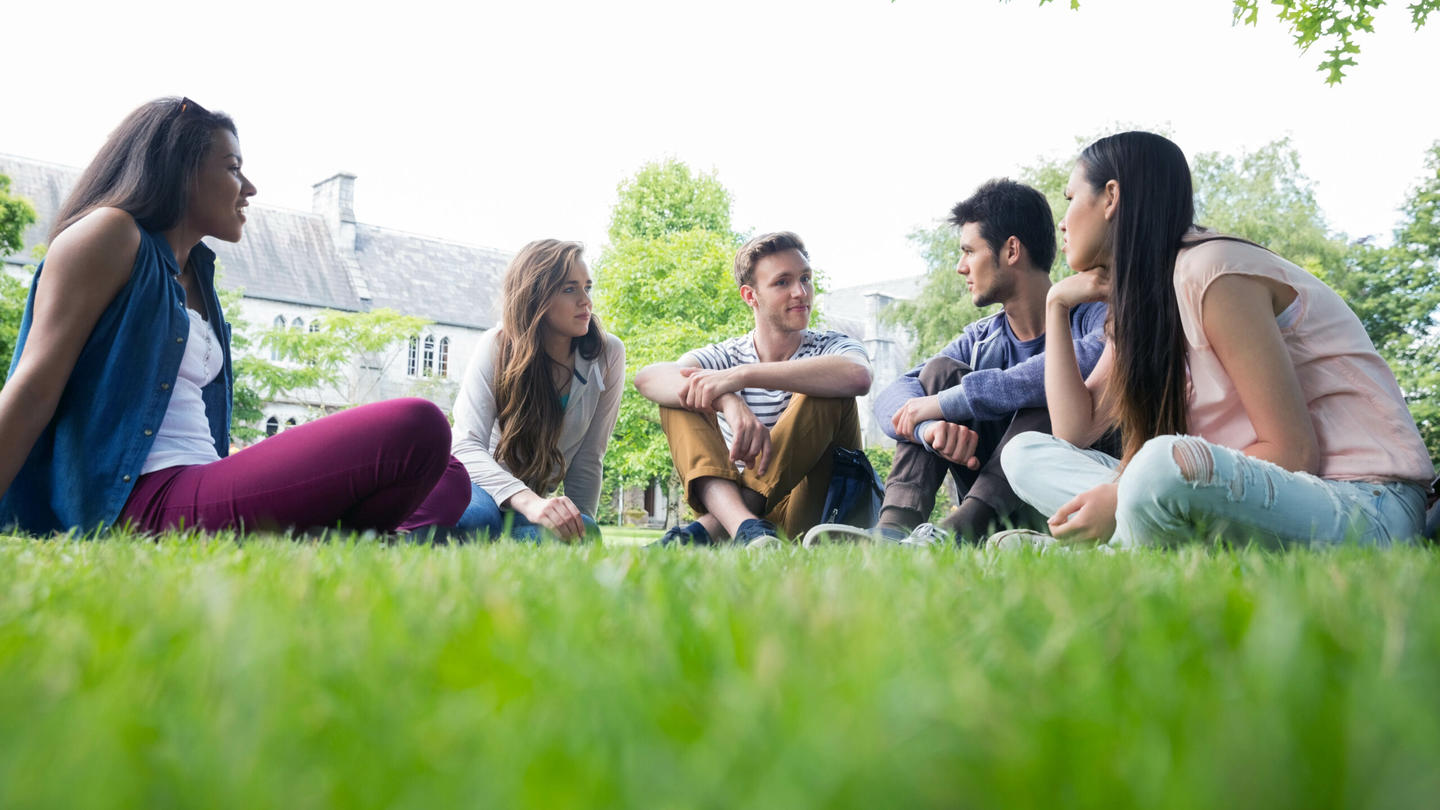This article was originally published by Stand Together Trust.
As America feels more and more impossibly divided, college students mirror that trend – feeling more siloed on their campuses. This sense of toxic division could spell continued gridlock in finding solutions to some of the most pressing issues in society today.
That's why in 2020, Eboo Patel and the team at Interfaith America, with support from the Charles Koch Foundation, launched a program now called Bridging The Gap, founded by Simon Greer. With support from Stand Together Trust and the Fetzer Institute, Bridging The Gap is expanding their work.
Bridging The Gap equips students, teachers, and staff on college campuses with "skills of listening, story-telling, and engaging tension constructively." In particular, their campus intensives pair students from "[c]olleges and universities with different ideological or mission backgrounds," to combat toxic division and work across divides.
A recent Inside Higher Ed article featured Bridging The Gap and its impact.
The campuses usually hold a joint semester-long course where students from each institution learn listening and storytelling skills to effectively share their experiences and then meet to delve into a national issue of interest, such as criminal justice reform. Students finish the course by working in small groups to brainstorm potential solutions to the issue, which they present jointly to the class, often at one of the campuses or on a group retreat.
The goal of the program is to address religious and political polarization across the country by helping students bridge ideological differences through candid conversations and relationship building.
"This program, I think, really provides an alternate approach to how we can engage with one another," said Mary Ellen Giess, vice president of strategic initiatives at Interfaith America. "To me, the pieces that are most missing in our national culture right now are curiosity, listening, humility -- all things that the program prioritizes."
Through participation in their campus intensives, Bridging The Gap aims for:
- 85% of participating students to demonstrate growth in confidence around bridging divides, empathetic listening skills, and commitment to using skills cultivated within the program
- 90% of participating campus leaders (staff and administrative leads) to express ongoing commitment to bridge divides within the campus community.
Sign up for the Strong & Safe Communities newsletter for stories, ideas, and advice from changemakers working with their neighbors to address the biggest problems we face.
Listening to the testimonies from students who participated in a campus intensive, it's clear that Bridging The Gap is well on its way to empowering students and campus leaders to achieve these goals. Students from Oberlin College, a historically progressive, liberal arts institution in Ohio, and Spring Arbor University, a historically conservative, Christian institution in Michigan, who participated in the very first Bridging The Gap intensive had this to say about the experience:
- "[Bridging The Gap] taught us to sit down, think, and not jump to conclusions, and to ask 'why?'" -- an Oberlin College student
- "I definitely sat, listened, and I tried to clarify some of the questions the Oberlin students had before I started to answer." -- a Spring Arbor University student
- "Where does your faith come from? What has made you have faith in God in a way that I don't? I thought that discussion was really, really productive and really, really interesting, and I learned a lot." -- an Oberlin College student
- "They allowed me to go deeper with them. I'm actually really comfortable with them, even more comfortable than I am with most Christians." -- a Spring Arbor University student
- "Just because they believe something so fundamentally different from what you believe doesn't mean that they are doing that from a bad place." -- an Oberlin College student
- "Even though I had an assumption about what they would be, I found that it was the exact opposite. I know that I found lifelong friends with students from Oberlin College." -- a Spring Arbor University student
By teaching the skills of listening, being curious before reacting, and finding common ground with people of different values, Bridging The Gap is offering hope for less toxic division in the future.
As Inside Higher Ed reports: "Students from both conservative Christian and more liberal backgrounds often ask, 'How can I engage with someone who doesn't agree with my right to exist?' [Geiss] said. 'How can I work with someone who doesn't support who I am in a very fundamental and basic sense?'"
She tells them this is an opportunity to get to know the "why behind their value system," and "the need to do this kind of relationship building is actually fundamental to your larger goals, in terms of having support for your community, having support for your identity and having support and moving forward even policy issues," she said. "This is coalition building."
Moving forward, Bridging The Gap has set a goal of reaching even more campuses. In Fall 2022, Interfaith America admitted 17 campuses to implement Bridging The Gap initiatives. In 2023, they want to host intensives on 20-30 more campuses.
***
Stand Together Trust provides funding and strategic capabilities to innovators, scholars, and social entrepreneurs to develop new and better ways to tackle America’s biggest problems.
Learn more about Stand Together's efforts to build strong and safe communities, and explore ways you can partner with us.

People with disabilities want meaningful work — and Hugs Cafe is making it happen.

At this ‘resort,’ children with intellectual disabilities are seen as gifts to be celebrated and loved.

Veterans experience loss when leaving service. Could this be key to understanding their mental health?

The Grammy-nominated artist is highlighting the stories we don’t get to hear every day.
